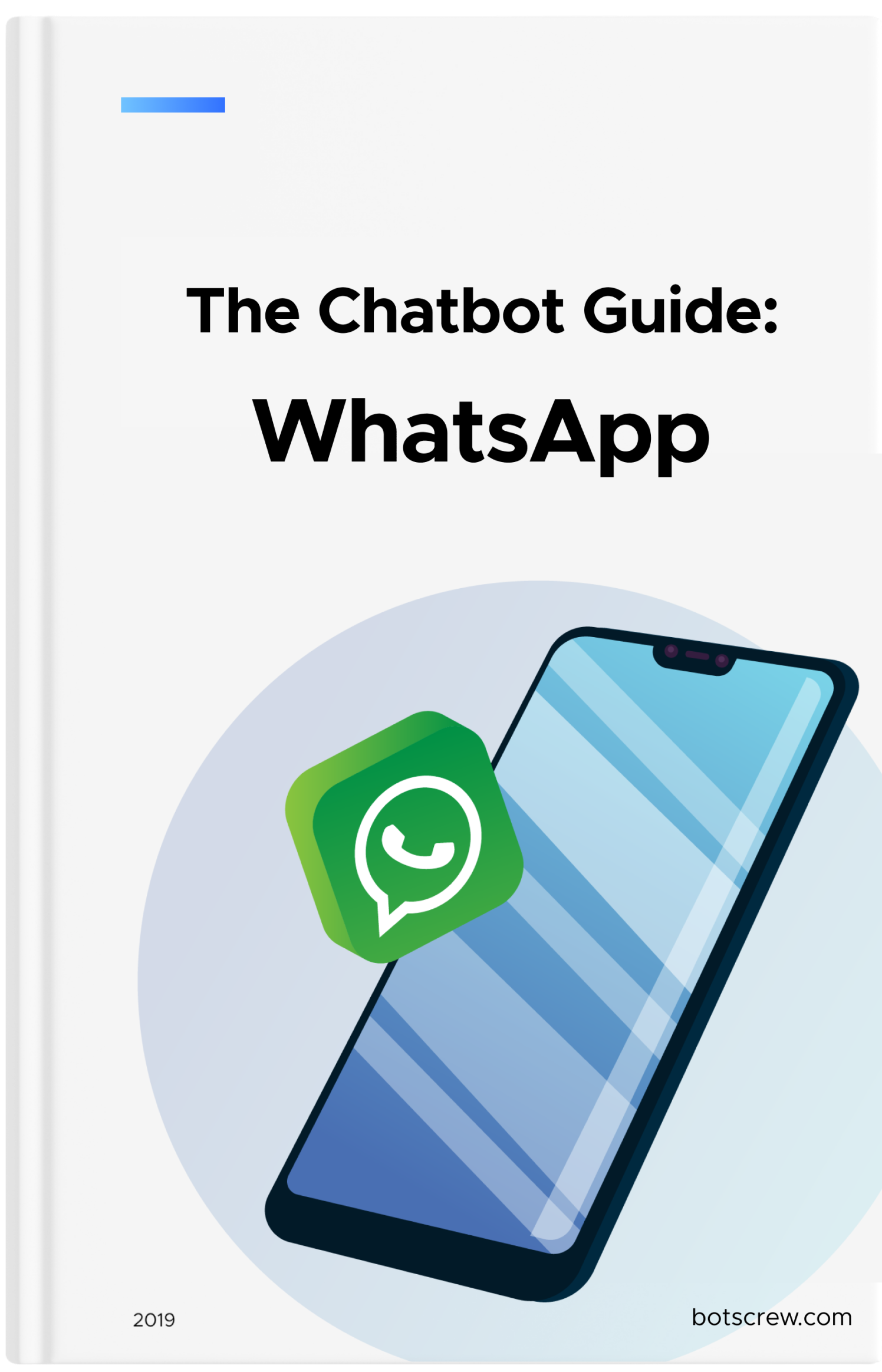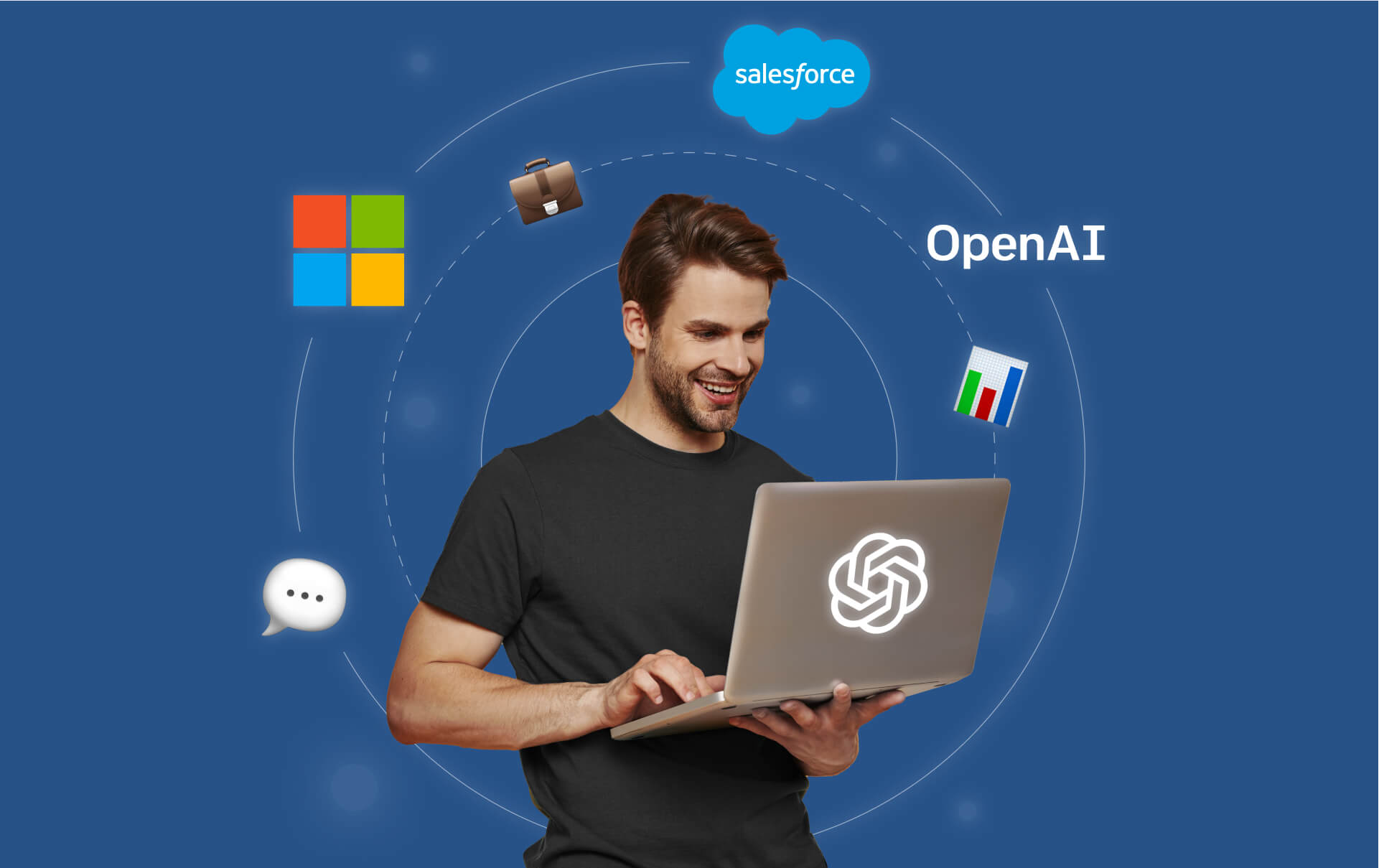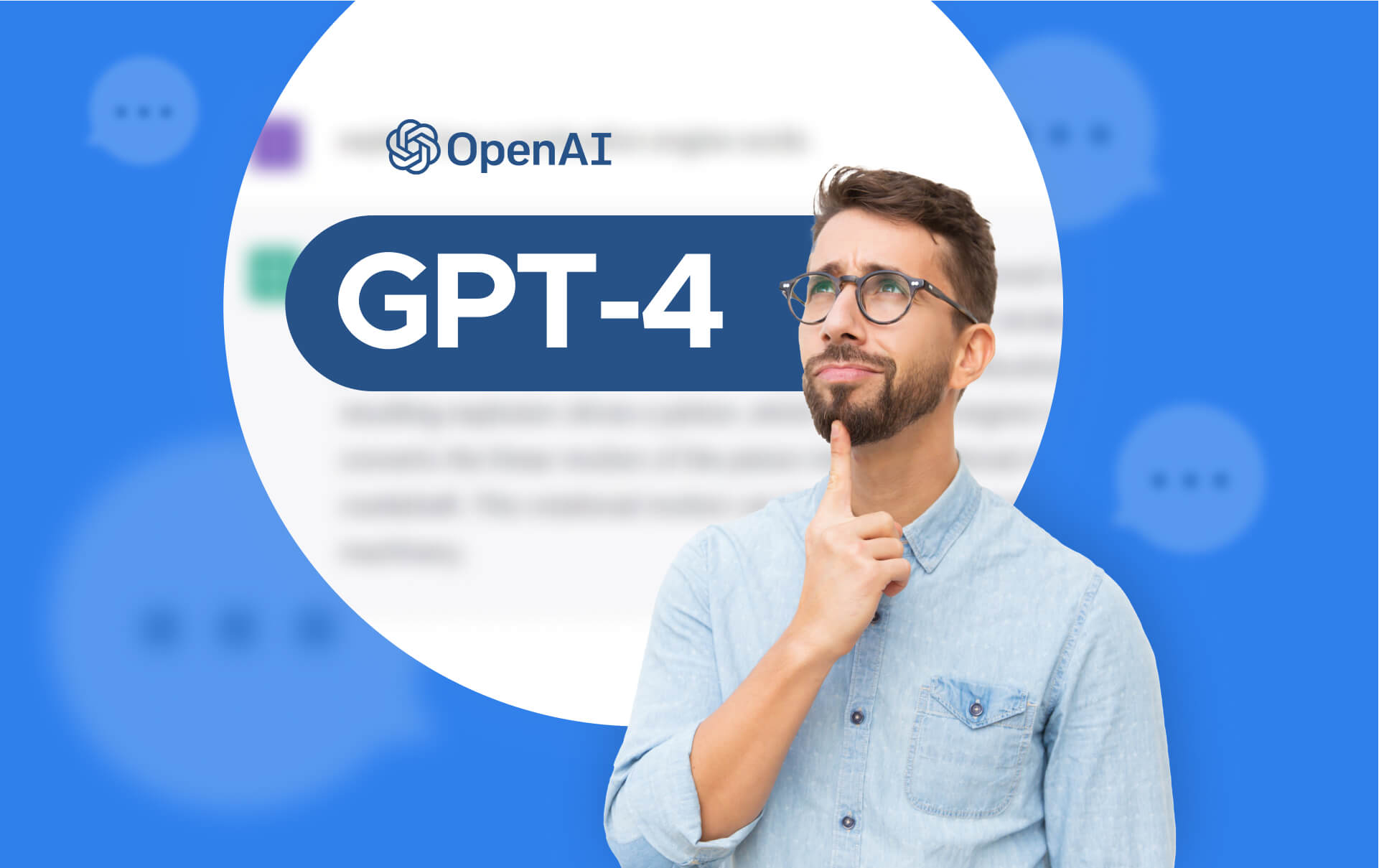GPT-4o for Business: Features, Pricing, and How to Use
In this article, we'll delve into the details of GPT-4o, OpenAI's newest language model, and compare it to its predecessor, GPT-4. We'll discuss what GPT-4o is and its pricing, guide you on how to use GPT-4o for your business, exploring its diverse features and applications.
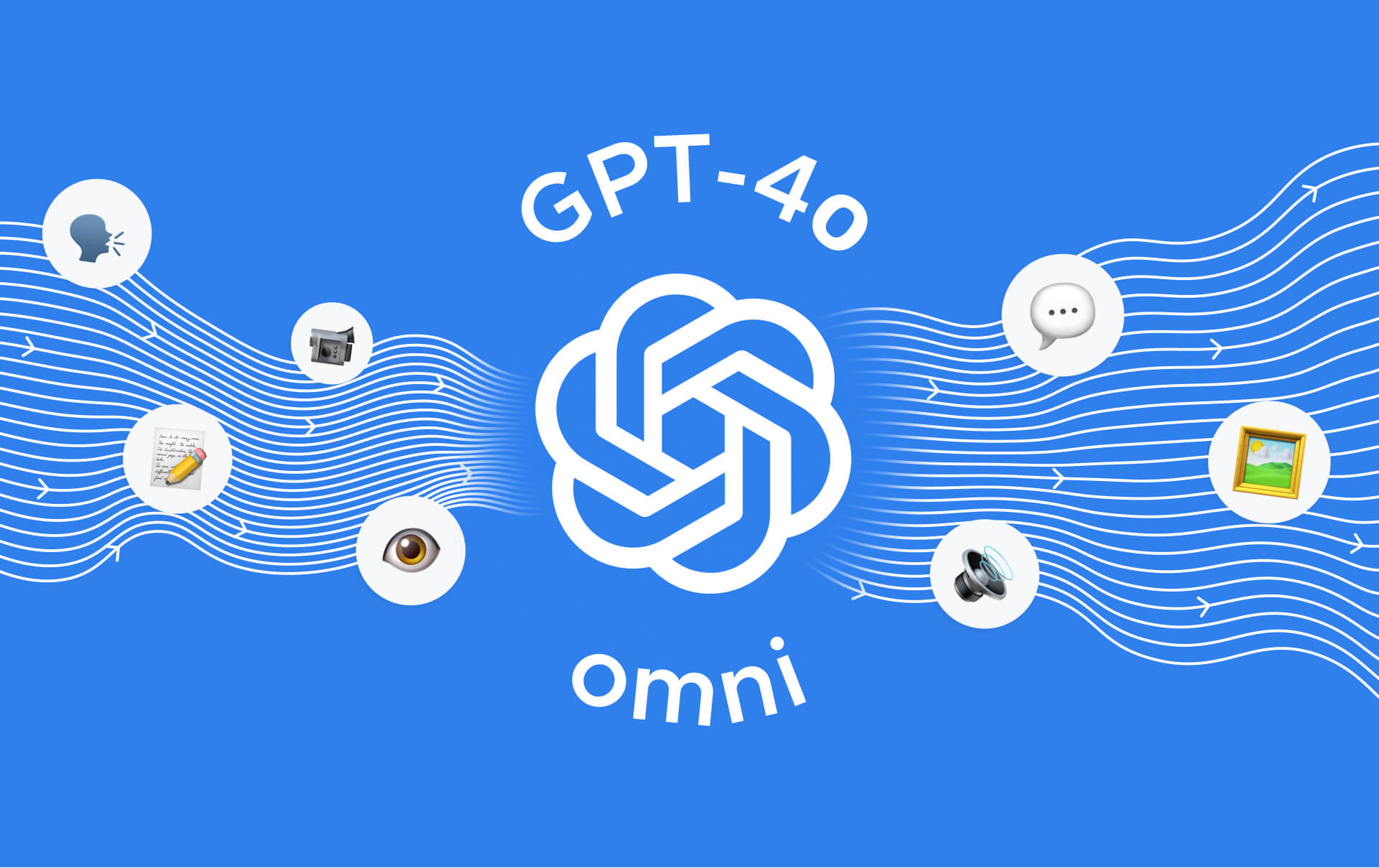
Recently, OpenAI unveiled the latest version of its groundbreaking language model - GPT-4o. This release has sparked many discussions and questions, with many curious about its distinction from its predecessor, GPT-4 Turbo, its updated features, potential applications, pricing, and much more. In this article, we aim to address these questions and navigate you through the cutting-edge developments in AI technology. So, let's dive right in and explore the world of GPT-4o!

“For the past couple of years, we’ve been very focused on improving the intelligence of these models … But this is the first time that we are really making a huge step forward when it comes to the ease of use.” OpenAI CTO Mira Murati
What is GPT-4o?
GPT-4o is a new, advanced version of OpenAI's language model released on May 13, 2024. The "o" in GPT-4o stands for "omni," reflecting its capability to handle text, voice, and visual inputs seamlessly within a single model. As OpenAI states, “it accepts as input any combination of text, audio, image, and video and generates any combination of text, audio, and image outputs.”

GPT-4 vs GPT-4o
GPT-4o is an advanced version of GPT-4, designed to enhance efficiency and integrate multimodal capabilities more seamlessly. Here are the key differences between GPT-4 vs GPT-4o:
1. Multimodal Capabilities Integration
GPT-4: While GPT-4 supports text, voice, and visual inputs, these capabilities were divided into separate models, which could lead to longer response times and higher computing costs.
GPT-4o: GPT-4o merges these capabilities into a single, unified model, known as an "omnimodel," allowing faster and smoother transitions between text, voice, and visual tasks. It can process and generate text, understand and explain images, and engage in real-time voice and video conversations. For instance, users can take a picture or share a screenshot of their tech issues, and GPT-4o can diagnose problems, provide next steps, or guide them through complex setups.
What this means for business: GPT-4o's integration of text, voice, and visuals into a single model enhances business efficiency by reducing response times and computing costs while providing seamless, sophisticated customer support and problem-solving capabilities. This allows businesses to deliver faster and more interactive customer service experiences.
2. Speed and Efficiency
GPT-4: Generally slower in processing complex interactions that involve multiple types of inputs (like text and images) due to the separation of capabilities (text understanding and image processing are basically different capabilities).
GPT-4o: Much faster at handling these complex tasks, with responses typically taking only about 320 milliseconds (roughly the duration of a single eye blink). This speed makes conversations feel more natural and reduces the wait time for answers.
What this means for businesses: GPT-4o significantly speeds up handling complex tasks involving text and images, enhancing the natural flow of conversations and reducing customer wait times. This helps businesses provide quicker and more satisfying interactions, creating a better customer experience.
3. Enhanced Interaction Features
GPT-4: Sometimes struggled to keep track of the context when switching between different types of inputs (like text and images), making interactions less smooth.
GPT-4o: Better at keeping the flow of conversation consistent across different types of inputs. It can adjust its responses based on the overall context and even change its tone and style to match the conversation, making interactions more engaging and natural for users.
What this means for businesses: GPT-4o maintains consistent context across text, image, and voice inputs, creating smoother and more engaging interactions. This leads to more natural and effective communication, enhancing user satisfaction and business efficiency.
4. Real-Time Collaboration and Interaction
GPT-4: Primarily focused on providing accurate responses but did not excel in real-time, interactive collaboration.
GPT-4o: Built for real-time collaboration and interactive use. It can help users solve problems step-by-step, respond quickly during conversations, and adapt based on user feedback and interruptions, making the interaction more dynamic and engaging.
What this means for businesses: GPT-4o excels in real-time collaboration, providing quick and adaptive responses based on user input. This enhances user engagement and makes business interactions more natural and dynamic.
5. Accessibility and Usage Limits
GPT-4: Often required paid access for advanced features, limiting its availability to a broader audience.
GPT-4o: Designed to make advanced AI capabilities more accessible, initially rolling out to ChatGPT Plus and Team users, but also available to free users with certain usage limits. This broader accessibility helps more people use advanced AI tools.
What this means for businesses: GPT-4o broadens access to advanced AI capabilities by being available to both paid and free users, making powerful tools more widely available. However, it’s important to note that with the broader accessibility to AI tools, companies need to pay more attention to security and data leaks. Make sure your employees don’t upload confidential or sensitive information to ChatGPT or create GPTs using internal data. If you want to securely use ChatGPT on a company level, we advise you to look at the ChatGPT Enterprise plan or create a custom solution using API.
With ChatGPT, employees can save hours of work. Yet, is it safe enough to share corporate data? Find out how to safely integrate ChatGPT for enterprise!
6. Applications and User Experience
GPT-4: Mainly used for generating text, handling basic multimodal tasks, and some interactive uses.
GPT-4o: Can do more advanced real-time tasks like live translations, giving personalized recommendations, and responding based on context in different communication modes. It's great for business and education, boosting productivity and engagement.
What this means for businesses: GPT-4o's ability to perform advanced real-time tasks like live translations and personalized recommendations can enhance productivity and engagement. This versatility improves service quality and user interaction across various communication modes.
Interested in trying GPT-4o for your company? Have a vision and need a consultation? Contact us, and we’ll help you with all your GPT-4o needs and questions.
How to use GPT-4o in Business
GPT-4o opens a whole new world of possibilities for businesses across all industries. By using the GPT-4o API, companies can create innovative products and services that can elevate and strengthen their brands and offerings. However, it’s important to note that the GPT-4o API does not yet support audio inputs. According to OpenAI's community forum: “GPT-4o in the API does not yet support audio. We hope to bring this modality to a set of trusted testers in the coming weeks.” While audio support is not available yet, it appears that this will change very soon, so companies should start preparing now.
1. Hyper Personalized Customer Support and Service
The new multimodal functionality opens a whole new level of customer engagement between businesses and their clients. Businesses can now use GPT-4o to handle customer inquiries through text, voice, and video, providing quick and accurate responses. An additional bonus is that you can seamlessly use its translation capabilities to support customers in multiple languages.
Example Use Case: Imagine that you bought yourself a new shiny car. And now, picture that something went wrong, and now your car’s dashboard is lighting up with different warning lights, systems errors, or other alerts. You’d probably like to figure out what’s going on and fix these problems as soon as possible. You could call tech support and try to explain what’s going on to the tech support agent or message them and try to describe your problems and wait for their response. But now, there is a faster and more efficient way to fix this. For example, your car tech support is using a GPT-4o AI assistant. This means you can take a picture or a video of your dashboard, upload it to the assistant, and receive an instant personalized response about what’s going on and what you should do next. Instant relief, right?
GPT-4o can simultaneously analyze the image and process the voice input to provide an accurate diagnosis and step-by-step repair instructions in real-time. In addition, the new model excels in real-time translations and seamless language switching. It adapts quickly to different languages within the same conversation, enhancing communication fluidity and user experience in multilingual settings. This means high-quality customer service for your global audience. As OpenAI claims “GPT-4o has improved capabilities in non-English languages and uses a new tokenizer which tokenizes non-English text more efficiently than GPT-4 Turbo.”
2. Multimodal Interactive Marketing
Today’s market is a highly competitive field. Brands must create new, never-seen-before campaigns to keep the customers engaged and interested. Thanks to AI getting smarter, there are tons of new tricks and ideas for brands to wow their audience.
Example Use Case: A business can create an interactive ad campaign that involves user participation through text, voice, and images. GPT-4o can handle interactive elements such as analyzing user-submitted photos, processing voice feedback, and generating personalized text responses within a single campaign. For example, brands can create campaigns like scavenger hunts, “re-create this look” challenges, etc, using the image and video input functionality to engage their audience and provide instant personalized responses. Sounds fun, right?
3. Expanding your services and offerings
The latest advancements in AI create a blue ocean of new opportunities. The limit is only your creativity. Companies can now create incredible and super user-focused products and services that create memorable experiences.
Example Use Case: With GPT-4o, you can create a personalized assistant that will enhance and support your main products and services. Let’s imagine you are selling sports equipment. So, you can create a virtual fitness coach that will help your users by creating and suggesting workouts, training tips, etc, and in addition, it will suggest which of your sports equipment would be the best fit for the suggested workout. In addition, GPT-4o can analyze the user's progress in real-time, provide corrections, and adapt the workout plan based on verbal feedback and visual data. By creating valuable and engaging experiences for your audience, you create a stronger attachment to your brand and better CX in general.
Ready to boost your services with these engaging experiences for your clients? Sign up for our white-label chatbot reseller program today! With no coding required, you can create and resell GPT-4o-based chatbots tailored to your client's needs, empowering them with cutting-edge AI and boosting your brand's value.
4. Data Analysis and Insights
With the new GPT-4o companies can now even better analyze large datasets and generate insights, summaries, and visualizations.
Example Use Case: Imagine you are a Data Analyst in a large company. Your main job is to analyze and present data and insights. Previously, you would spend hours manually or semi-manually analyzing vast amounts of data, researching different sources to find answers, and then compiling this information to provide your insights. Now, you can access all your company’s data through a conversational interface, receive answers instantly, and even generate graphs, reports, and charts automatically. Just imagine the feeling of being able to ask AI for the required information and getting an immediate answer, instead of searching through the entire company database.
Posted by Zain Kahn, Founder and CEO of Superhuman on LinkedIn
5. HR and Employee Training
On average, HR professionals may spend around 15% to 30% of their time assisting new employees and answering routine questions. This can include activities like providing guidance on company policies, addressing basic HR inquiries, helping with benefits enrollment, and facilitating the integration of new hires into the organization's culture and processes.
Example Use Case: Using the new GPT-4o, companies can develop interactive training programs that explain complex topics through text, voice, and video. Additionally, it can provide immediate feedback and assistance to employees during training sessions. It can also offer ongoing support and resources for employee well-being and professional development. By training the AI on your knowledge bases, documents, and FAQs, you can save hours of your team time on training and onboarding while creating a better employee experience.
6. Internal Communications
With the COVID-19 pandemic, virtual communication has reached its peak. Zoom meetings, video conferencing, webinars, etc, are our everyday routine now. Companies can utilize GPT-4o to improve their internal communication experience.
Example Use Case: GPT-4o can summarize meeting discussions and action items in real-time. It can track the discussion, analyze shared documents and videos in real-time, and provide relevant suggestions or summaries during the meeting.
7. Accessibility features
GPT-4o also opens a whole world of new possibilities for companies to make their products and services more accessible and inclusive. With voice, video, and image features, brands can significantly improve their products to match the needs of visually or hearing-impaired people. Just take a look at this video:
GPT-4o Pricing
OpenAI offers GPT-4o for free, making it accessible to everyone. However, there are usage restrictions for users on the free plan. The main limitation is the number of messages you can send to GPT-4o before it switches to the GPT-3.5, which is still powerful but not as advanced as the newer model. Unfortunately, OpenAI hasn't disclosed the exact limit.
If you want full access to ChatGPT Plus, which includes unrestricted use of GPT-4o, it'll cost you $20 per month.
GPT-4o is 50% cheaper than GPT-4 Turbo across both input tokens ($5 per million) and output tokens ($15 per million). Here’s the pricing model presented on OpenAI’s website:
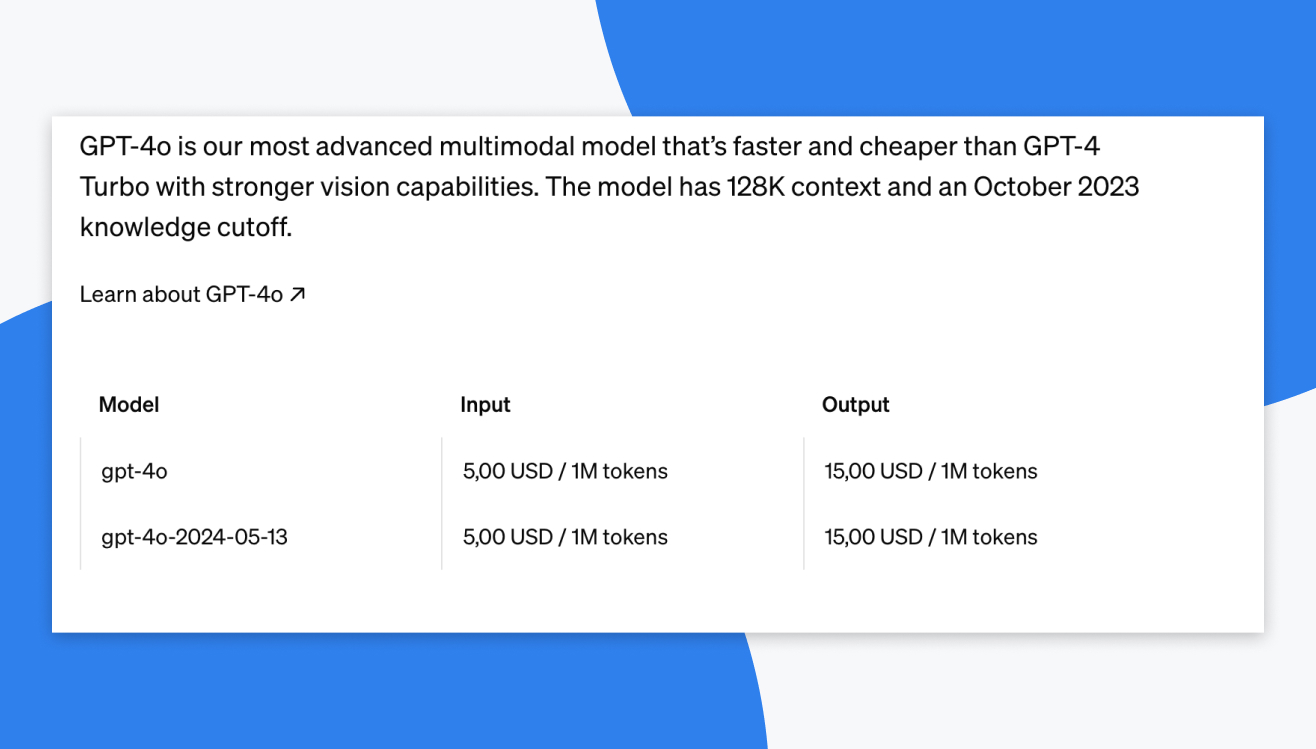
GPT-4o Demo
Want to try out GPT-4o for your company for free? Just fill out the form and we’ll create a free prototype based on GPT-4o and your company’s data for you to test out!




